
Differences in the Old Greek Version of Daniel
Most people don’t know that there are two main versions of Daniel. The differences are not small. The older, lesser-known ‘Old Greek’ version points to Jesus as the Messiah far more clearly than the traditional Hebrew/Aramaic text.
Three texts of Daniel have come down to us:
- The Hebrew/Aramaic text (the Masoretic Text), used by most Bibles
- Theodotion’s 2nd century AD Greek translation of the Hebrew/Aramaic text
- The ‘Old Greek’ version
This page will give you the basic facts about the Old Greek version. Further pages will go into exhaustive depth, if you’re interested in the details.
Where did the Old Greek version come from?
The ‘Old Greek’ version was translated two or three hundred years before the birth of Jesus, by persons unknown. It was widely used by Greek-speaking Jews and Christians until the 2nd to 4th centuries AD.
However, some people were unhappy with it because it read differently to the Hebrew/Aramaic version, so they assumed that it was an innacurate or corrupted translation.
That’s why in the 2nd century AD, it was gradually replaced by a new translation from the Hebrew/Aramaic text by the Jewish scholar Theodotion. His version eventually completely replaced the ‘Old Greek’ in common use, and people were generally happy with this ‘more accurate’ translation from the ‘original.’
However, there was a flaw in their logic.
They assumed that the Hebrew/Aramaic text was original and unaltered, but was it? Well, what if it had acquired some copyist errors, or had perhaps even been deliberately corrupted? If so, then the supposedly ‘inaccurate’ and ‘badly translated’ Old Greek version may not be as ‘inaccurate’ as they thought. Instead, it may actually preserve some original readings.
It would act like a ‘lifeboat’ to preserve the original text.
Indeed, we’ve found that:
- The Old Greek is more historically accurate than the Masoretic Text.
- The Old Greek’s prophecies of Jesus work better.
- The Old Greek’s prophecies are easier to understand.
- The Old Greek’s prophecies are more clearly fulfilled in historical events.
Of course, a Greek translation can also acquire copyist errors, and perhaps even be deliberately corrupted too. However, it’s always good to have a second witness to the original text, even if imperfect.
What are the differences?
The wording of the ‘Old Greek’ version is sometimes very different.
This may be partly because it was translated interpretively in places (to say what the translator thought it meant). However, there’s much more. We strongly suspect that the Hebrew/Aramaic ‘original’ of DaniEl was deliberately altered in an effort to discredit Christians; that unknown persons corrupted key prophecies about Jesus in the Jewish Bible.
Thankfully, they failed to change the Greek Septuagint translation, which acted as a lifeboat to preserve the original prophecies. Surviving fragments in the Dead Sea Scrolls confirm that some of the prophecies in the Old Greek version were indeed once present in the Hebrew/Aramaic text too.
So we have examined the text critically and noted the pattern of the differences. We have found some very suspicious patterns indeed! Further, we see that the Old Greek version is more historically accurate.
This series of articles goes through each chapter of Daniel, describing the differences (and potential deliberate changes) in exhaustive detail. We’ve also explained why we think the Old Greek version may be more authentic, historically accurate, and what tampering may have occurred to discredit Jesus.
Extra material
In addition to the main text being worded differently, the ‘Old Greek’ version contains some extra parts:
- Extra material in chapter 3
- Two extra chapters (13 and 14)
What’s the extra material?
They appear to be folk tales or legends that were added to the text later:
- Chapter 3 has an addition known as The Prayer of Azariah and the Song of the Three Holy Children. It’s inserted between verses 23 and 24 of the standard text.
- Extra chapter 13 is known as Susanna, or sometimes as Susanna and the Elders.
- Extra chapter 14 is known as Bel and the Dragon.
We’ve included them in our translations, so you can read them and decide for yourself whether they are inspired or not. It’s very possible that they were always known as additional, uninspired material, rather than frauds or fakes. They appear to have been originally written in Greek, unlike the rest of Daniel, which was written in Hebrew and Aramaic.
What parts of Daniel survived in the Dead Sea Scrolls?
In addition to the Hebrew/Aramaic Masoretic text and the Old Greek translation, the Dead Sea Scrolls contain small fragments of Daniel written between the late 2nd century BC and the middle of the 1st century AD.
Not much survived.
- Chapter 1: Scattered words from verses 10-21.
- Chapter 2: Verses 20-33, plus scattered words from verses 2-6, 9-11, 19, 34-35, 37-49.
- Chapter 3: Scattered words from verses 1-2, 5-8, 22-30.
- Chapter 4: Verses 15-16, plus scattered words from verses 8-12, 17-19, 32-33.
- Chapter 5: Verse 17, plus scattered words from verses 5-7, 10-16, 18-22.
- Chapter 6: Scattered words from verses 7-21, 26-27.
- Chapter 7: Scattered words from verses 1-7, 11, 15-23, 25-28.
- Chapter 8: Verses 1-5, plus scattered words from verses 6-8, 13-17, and 20-21.
- Chapter 9: Scattered words from verses 12-17.
- Chapter 10: Scattered words from verses 5-21.
- Chapter 11: Portions of verses 1-2 and 15-17, plus scattered words from verses 13-38.
- Chapter 12: Nothing.
The main Messianic prophecies in Daniel (at 2:44-45; 7:13-14; 9:24-27; 12:1-3) didn’t survive intact in the Dead Sea Scrolls, so they can’t help us see if those words were altered.
What language was Daniel written in?
The Masoretic Text preserves Daniel partly in Hebrew and partly in Aramaic:
- Hebrew: 1:1 to 2:4a
- Aramaic: 2:4b to the end of chapter 7
- Hebrew: Chapter 8 to the end of the book
The folk tales and legends added later, not present in the Masoretic Text, were likely written in Greek:
- 3:24-90
- Chapter 13
- Chapter 14
Contents
Navigate to the chapter you’re interested in:
 Introduction to Differences in Daniel
Introduction to Differences in Daniel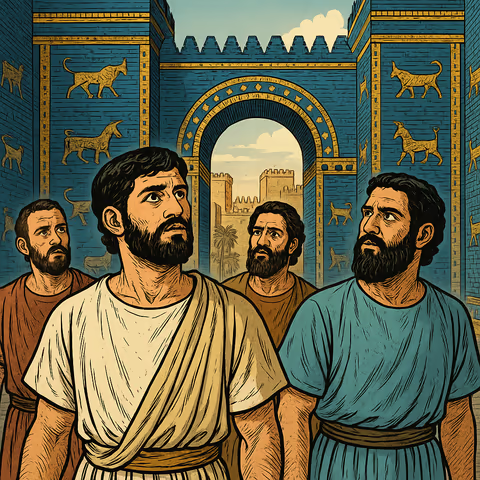 Differences
Differences
in Chapter One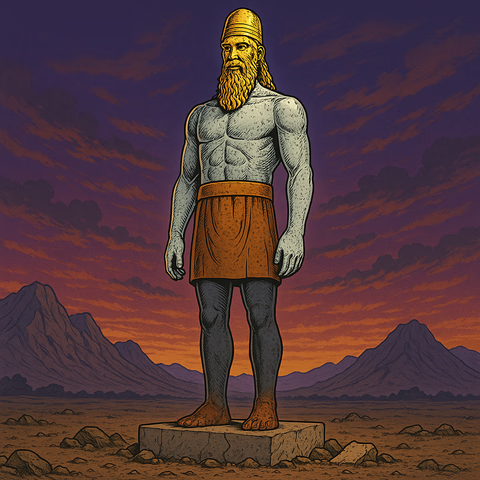 Differences
Differences
in Chapter Two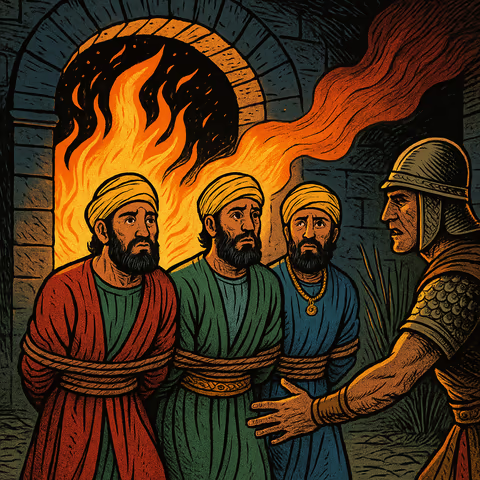 Differences in
Differences in
Chapter Three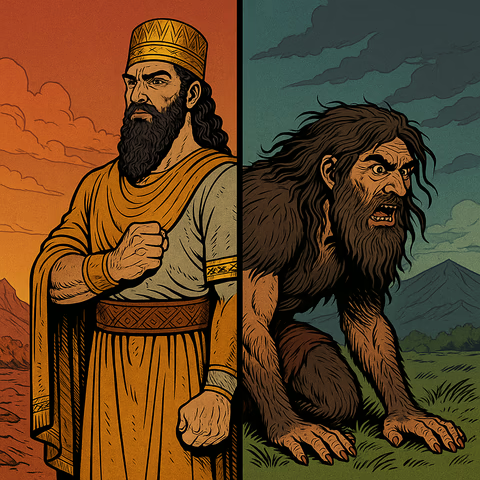 Differences
Differences
in Chapter Four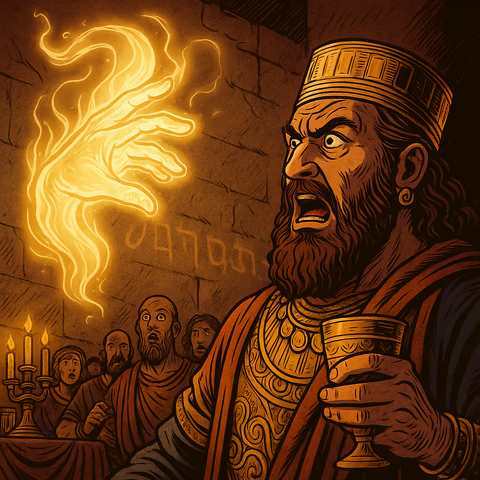 Differences
Differences
in Chapter Five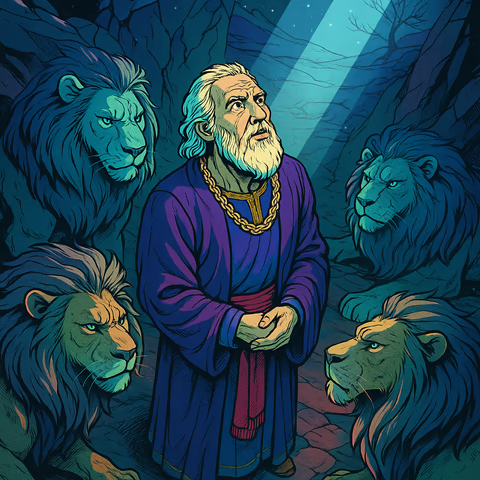 Differences
Differences
in Chapter Six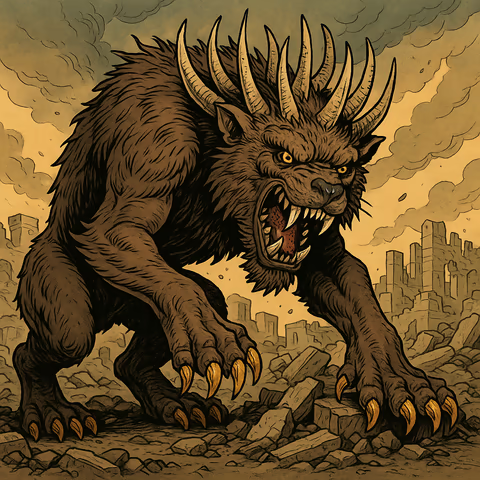 Differences in
Differences in
Chapter Seven Differences in
Differences in
Chapter Eight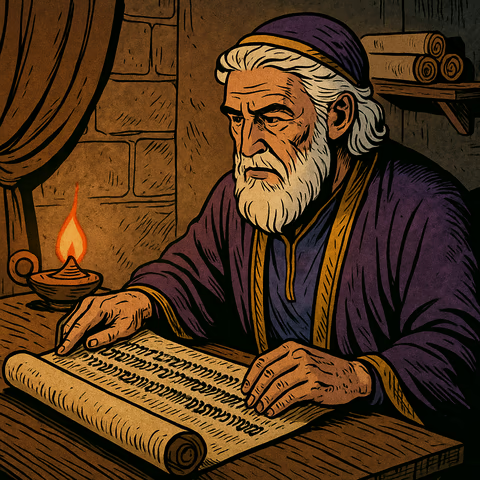 Differences
Differences
in Chapter Nine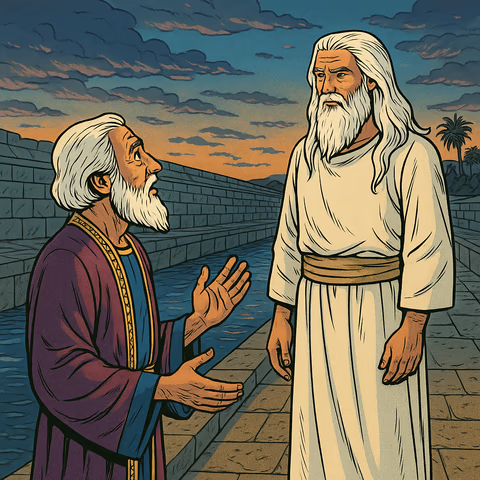 Differences
Differences
in Chapter Ten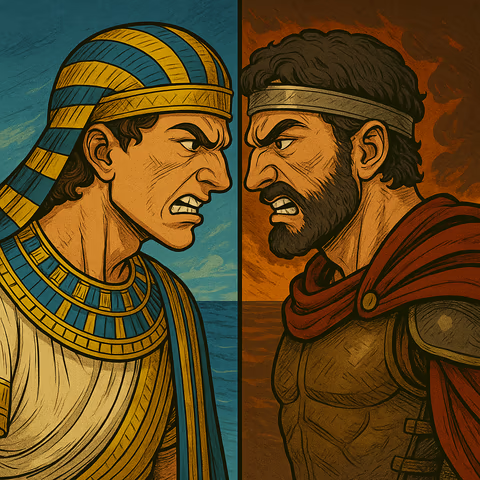 Differences in
Differences in
Chapter Eleven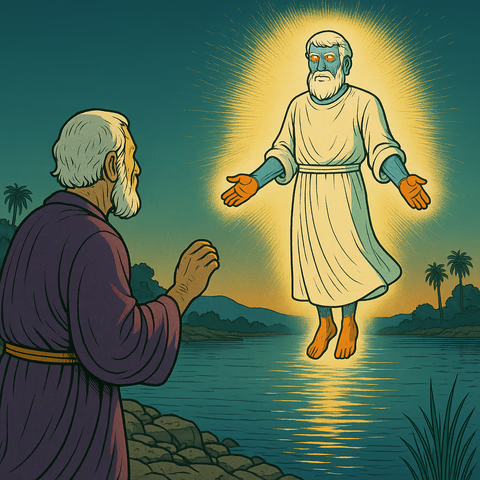 Differences in
Differences in
Chapter Twelve
Differences in the Text
Also see our Articles index and our About section.
 Aramaic Differences
Aramaic Differences Restored Messianic Prophecies
Restored Messianic Prophecies